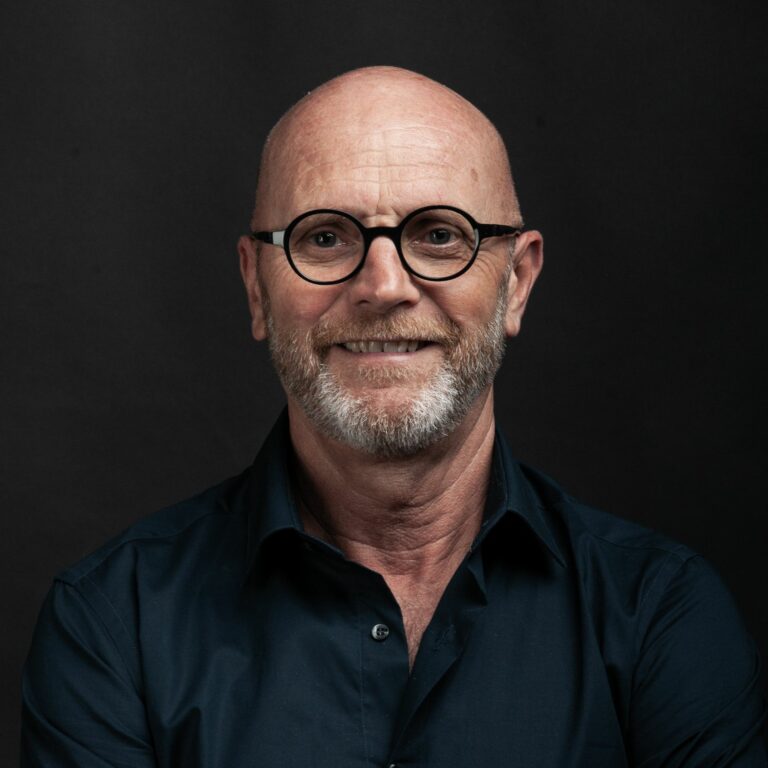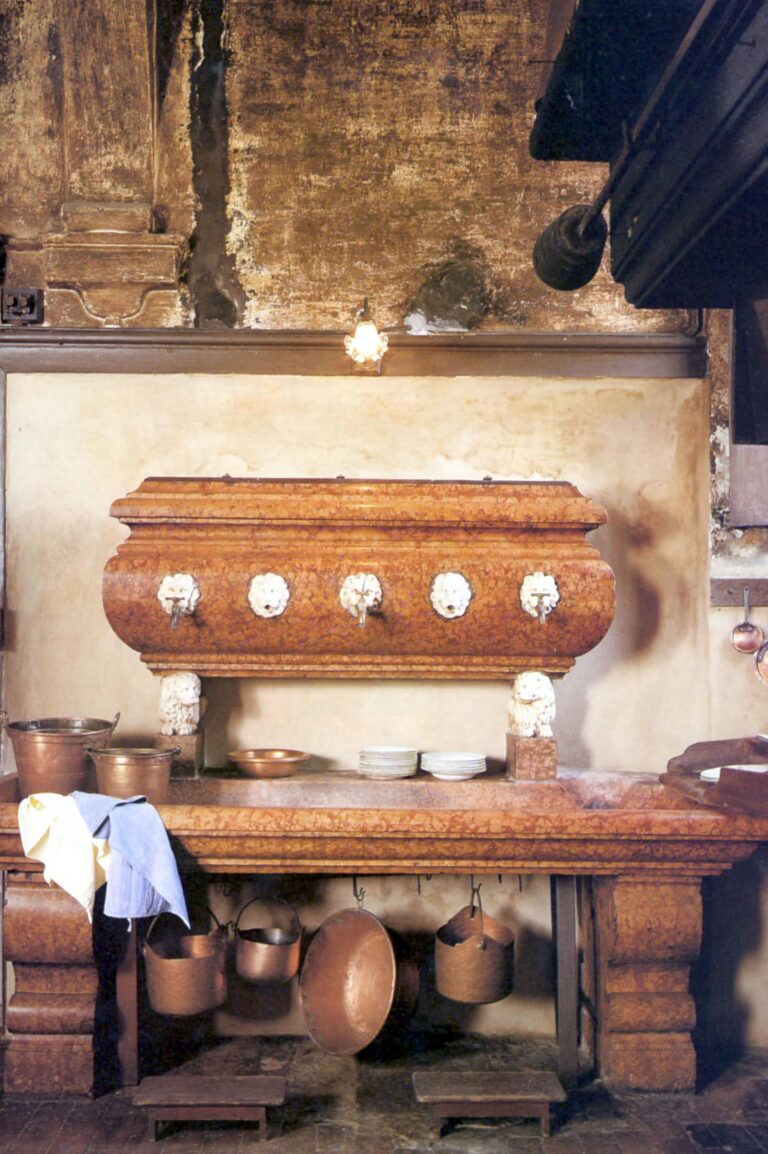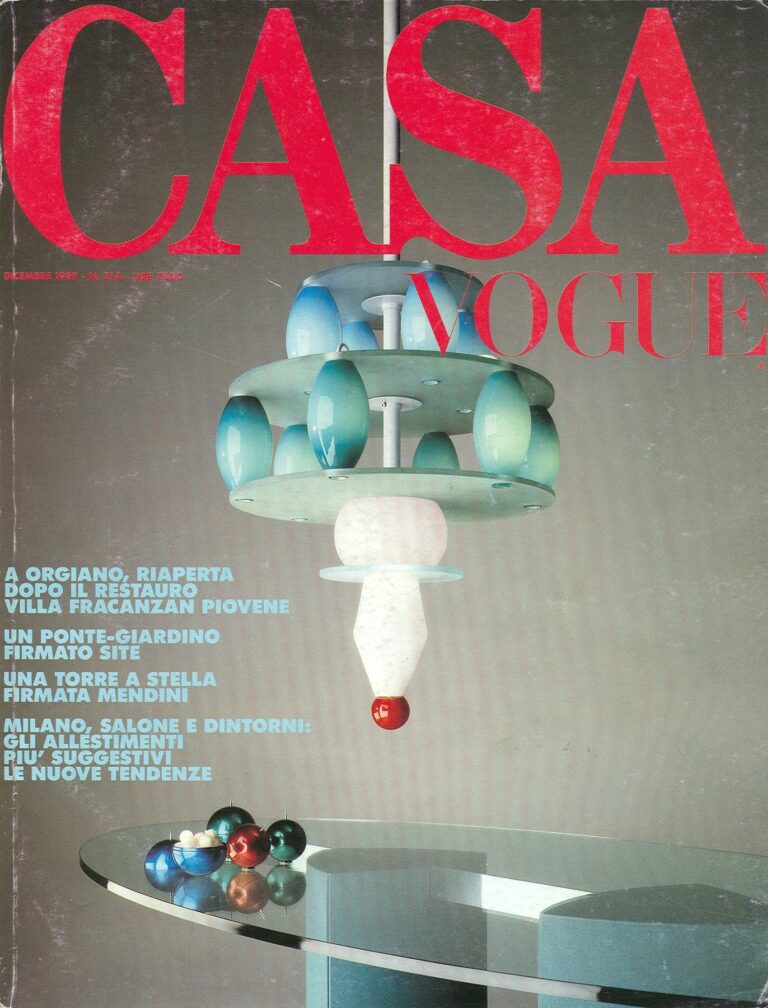In 1710 in Orgiano, a small countryside village in the shade of Berici hills between Lonigo and Sossano, Giovan Battista Fracanzan had a majestic country built (maybe by the architect Francesco Muttoni). The villa includes earlier facilities, and belongs to the family Piovene-Porto-Godi since 1800s.
- Client
- Private
- Year
- 1989
- Status
- Completed
- Team
-
project Flavio Albanese —Franco Albanese

Flavio Albanese
founder & partnerFlavio Albanese (1951), is founder and president of ASA studio albanese. He is a self-educated designer, by combining his passion for contemporary art with the practical experience of an artisan-architect. Having come into contact with Carlo Scarpa, he learns from him to avoid an “a priori” approach to design, adapting on a case-by-case basis to the occasions, themes and contexts. He has held courses at the École Polytechinique Fédérale in Lausanne and at the Art Institute in Chicago (1980), at Yale University (1983), at the University of Architecture in Delft (2005), at the University of Florida (2006), at the Fundacion Proa de Buenos Aires (2008) and frequently at the most important Italian universities. He has also held two workshops at the international summer school of the Architecture School in Venice in 2009 and 2010. He was a member of the Confindustria Vicenza committee from 1998 to 2001, the Domus Academy Scientific Committee (2004-2005) and the MIart Committee of Honour (2009 and 2010), director of the Officina del Porto di Palermo (2006-2008), vice president of the Andrea Palladio Architecture Firms International Centre (2011-2015) and president of the Fondazione Teatro Comunale Città di Vicenza (2010-2016). From 2007 to 2010 he was asked to head Domus, the prestigious international architecture, design and contemporary art magazine. Active since 1971, in 1987 he founds with his brother Franco ASA studio albanese. The studio's projects were published by the most most important architecture and design magazines: the Neores project was selected for the Mies van der Rohe Foundation European Union Prize for Contemporary Architecture (2003), and ASA studio albanese took part in Venice's Architecture Biennial in 2004 and 2006. Flavio is an avid reader and bibliophile (his library, which is open to the rest of the firm, contains more than 15.000 volumes) and he is a connoisseur and collector of contemporary art.

Franco Albanese
partner, CEO & executive directorFranco Albanese (Vicenza, 1958) has worked in the world of architecture and design since 1976. He graduated from the Architecture School in Venice in 1986 and the year after he founded ASA studio albanese in Vicenza with his brother Flavio. Since then he has been the firm's CEO and Technical Manager, and this role has led him to playing his part in the creation, development and execution of the most important projects. As designer and operations manager he oversaw: the Faculty of Veterinary Medicine at the University of Padua (1997); “Neores”, the production site and headquarters of Sinv Spa in Schio, Vicenza, (selected for the Mies van der Rohe Foundation European Union Prize for Contemporary Architecture in 2003); the project for the Town Hall of the Municipality of Grumolo delle Abbadesse, Vicenza (1999); “Morimondo 17”, the industrial reconversion of the Sinv spa premises in Milan (2000); the headquarters of Margraf in Chiampo, in the province of Vicenza (2006). He also supervised the “Rocco Forte Verdura Resort” in Sciacca, in Sicily (2005), the expansion of Pantelleria Airport (2006), the new Rinascente in Palermo (2007), the reconversion project of Lindower 22 in Berlin (2011), the Hybrid Tower project in Mestre-Venice (2012), the Fope headquarter extension project in Vicenza (2016). In recent years, he has increasingly concentrated on reconverting urban industrial areas, which has become a key theme of ASA studio albanese's philosophy. In recent years, he has increasingly concentrated on reconverting urban industrial areas, which has become a key theme of ASA studio albanese's philosophy.

The villa has two equally important facades. The one on the street – beyond which there is a small garden decorated with statues and built like a semi-circular theater on the hill – has a monumental entrance staircase and a dormer crowned with a triangular pediment- The other façade, the one in front of the countryside towards the large and spectacular double line avenue of hornbeams, is characterized by a high loggia with a rich baroque dormer on the top.
The building, which remained closed and abandoned for fifteen years, has undergone an architectural and structural restoration on a Bonagiunti Verona project, Flavio Albanese has carried out the final phase taking care of furnishings.
An operation was started to enhance the most important and picturesque spaces of the villa as well as the necessary restoration of the existing stucco decorations and stone elements and the integration/renovation of some degraded floors.
This involved both the noble rooms such as the very high hall on the main floor with beautiful monumental doors adorned with elegant stucchi or one of the living rooms with finishings and furniture dating back to 1856, and those considered only “service rooms” but still rich of charm, like the large main space on the ground floor divided into three “naves” by slender pillars, the large kitchen – one of the most beautiful among those of the Venetian villas – with the superb sixteenth century red marble sink of Verona and the rich collection of pieces in copper, or like the large attic dormer, once used as a granary, today used as a suggestive summer living space with a double superb view across the countryside and the hillside.










